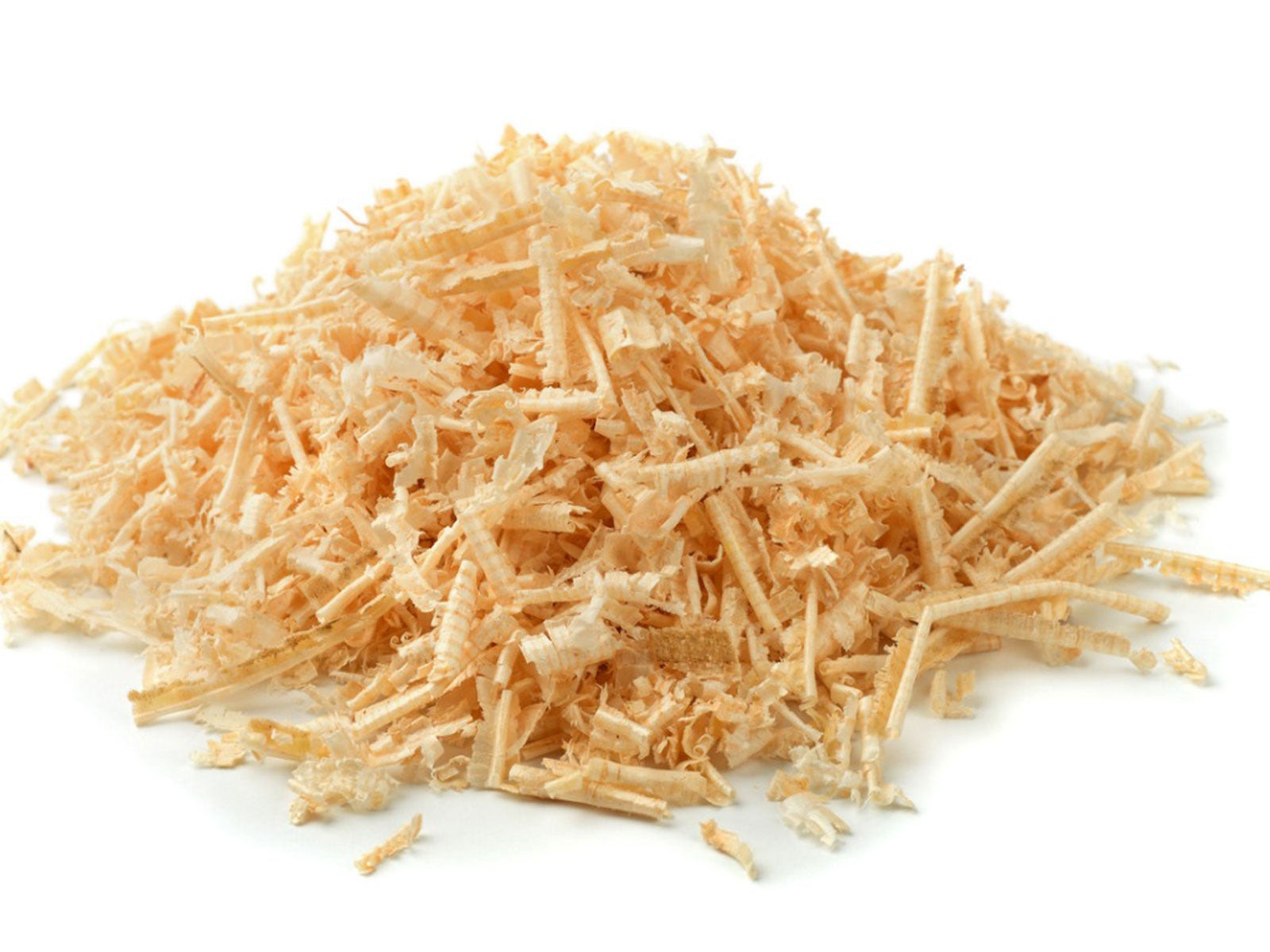Sawdust For Garden Use – Tips For Using Sawdust As A Garden Mulch


Mulching with sawdust is a common practice. Sawdust is acidic, making it a good mulch choice for acid-loving plants such as rhododendrons and blueberries. Using sawdust for mulch can be an easy and economical choice, as long as you take a couple simple precautions. Keep reading for more information on mulching with sawdust.
How Can You Use Sawdust as Mulch?
Some people who put sawdust down as mulch in their gardens have noticed a decline in their plants’ health, leading them to believe that sawdust is toxic to plants. This is not the case. Sawdust is woody material that needs nitrogen to decompose. This means that as it biodegrades, the process may draw nitrogen out of the soil and away from your plants’ roots, making them weaker. This is much more of a problem if you incorporate the sawdust directly into the soil than if you use it as a mulch, but even with mulch, it’s still worthwhile to take precautions.
Precautions When Using Sawdust for Garden Use
The best way to prevent nitrogen loss when you use sawdust as a garden mulch is simply to add extra nitrogen with its application. Before laying the sawdust down, mix 1 pound (453.5 gr.) of actual nitrogen with every 50 pounds (22.5 kg) of dry sawdust. (This amount should cover a 10 x 10 foot (3x3 m.) area in your garden.) One pound (453.5 gr.) of actual nitrogen is the same thing as 3 pounds (1+kg) of ammonium nitrate or 5 pounds of ammonium sulfate (2+ kg.).
Lay the sawdust out to a depth of 1 to 1 ½ inches (1.5-3.5 cm.), taking care not to pile it up around the trunks of trees and shrubs, as this can encourage rot. Sawdust can decompose at a fast rate and compact upon itself, so if you use sawdust as a garden mulch, you will probably have to replenish it and refluff it every year.
Gardening tips, videos, info and more delivered right to your inbox!
Sign up for the Gardening Know How newsletter today and receive a free copy of our e-book "How to Grow Delicious Tomatoes".

The only child of a horticulturist and an English teacher, Liz Baessler was destined to become a gardening editor. She has been with Gardening Know how since 2015, and a Senior Editor since 2020. She holds a BA in English from Brandeis University and an MA in English from the University of Geneva, Switzerland. After years of gardening in containers and community garden plots, she finally has a backyard of her own, which she is systematically filling with vegetables and flowers.